Ancient news stories
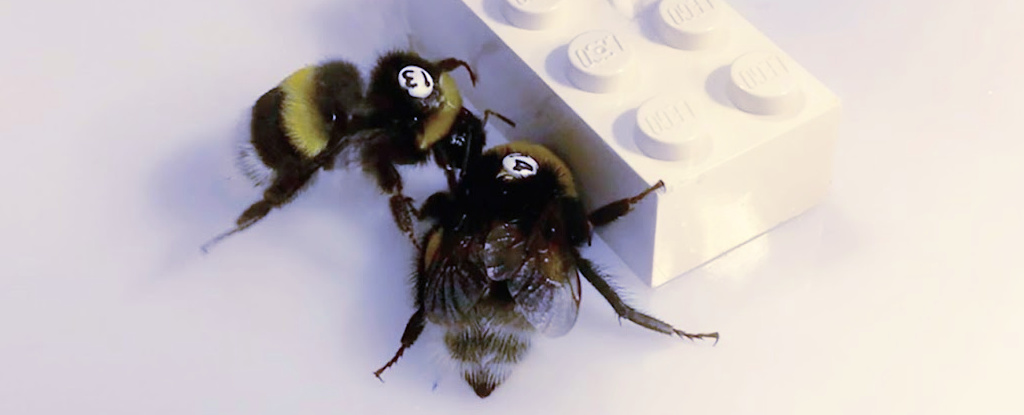
In a series of lab experiments, bumblebees (Bombus sp.) that trained together on tasks to retrieve a sugary reward were more likely to wait for their partner before returning to the task than bees that trained alone.

Around 6,200 BCE, the climate changed. Previously, archaeologists believed that this abrupt shift in global climate, called the 8.2ka event, may have led to the widespread abandonment of coastal settlements in the southern Levant. In a recent study published in the journal Antiquity, researchers…share new evidence suggesting at least one village formerly thought abandoned not only remained occupied, but thrived throughout this period.
Archaeologists have uncovered the oldest evidence of ceremonial offerings on sportsgrounds by the ancient Maya in Mexico. Environmental DNA (eDNA) analysis shows that the courts built by the Mayans for their ballgames were blessed. In research published in PLOS ONE, the researchers identified a collection of plants used in ceremonial rituals.
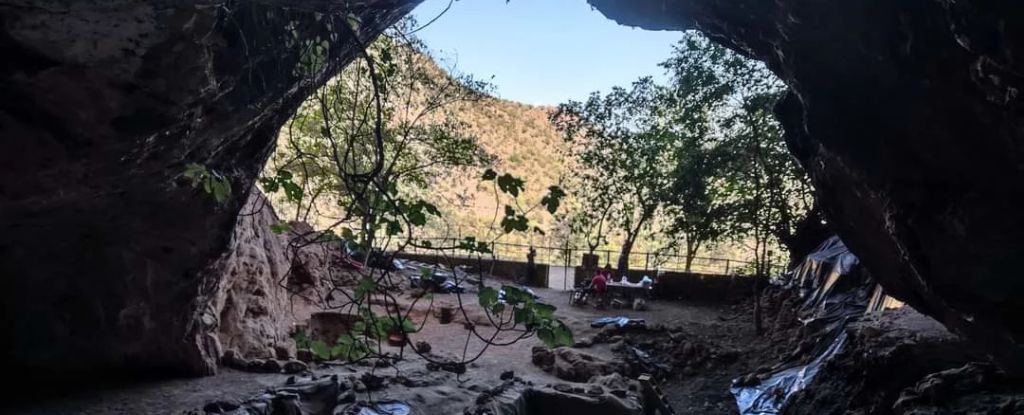
The teeth and bones of pre-agricultural human hunter-gatherers who lived some 15,000 years ago in what is now Morocco reveal that their diet – long thought to have been significantly loaded with animal protein – was actually weighted much further in the direction of plant-based food. It seems plants may have even been used to wean infants, the study found.
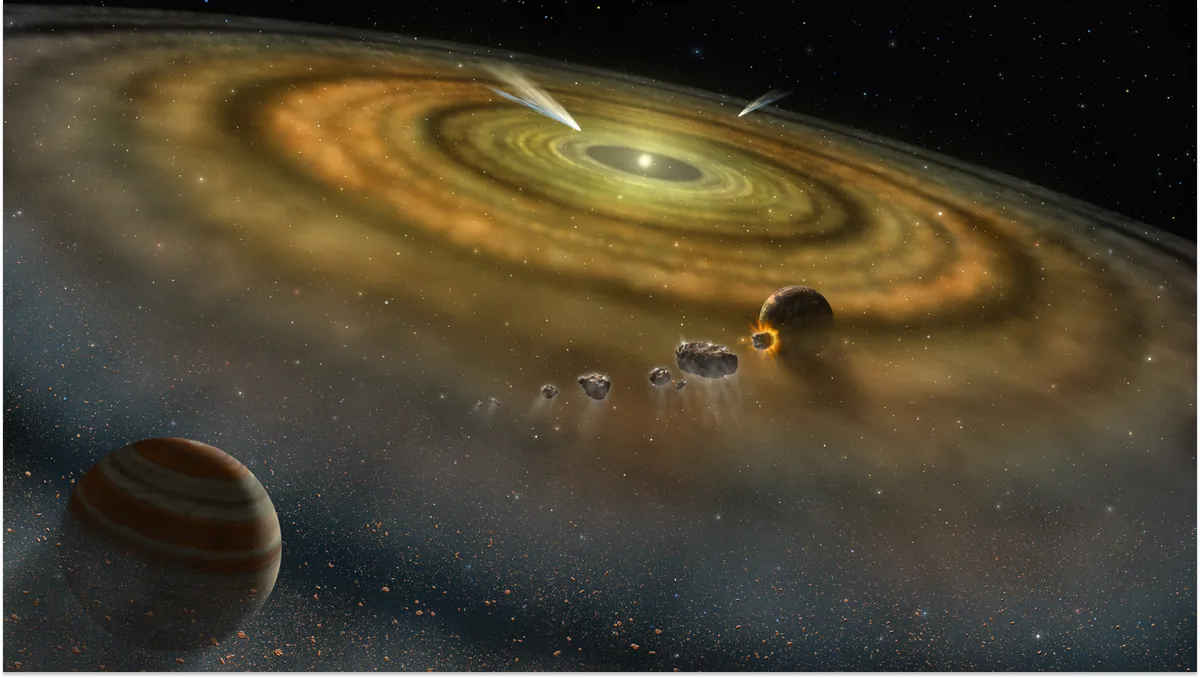
The great planetary instability, which saw Jupiter and the other gas giants wander chaotically through the solar system, coincides with the collision that formed Earth’s moon. Could the two events be linked?
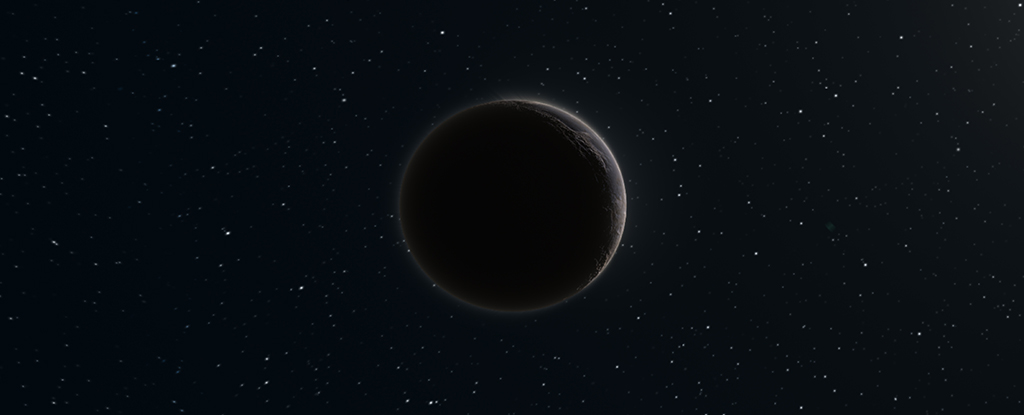
The hunt for the elusive Planet Nine goes on, and new research claims to have the “strongest statistical evidence yet” that there is such a planet orbiting somewhere around the far edges of the Solar System.

Archaeologists used lidar to detect a cluster of rare Neolithic monuments hidden in farmland in Ireland. See the study published Thursday (April 25) in the journal Antiquity.
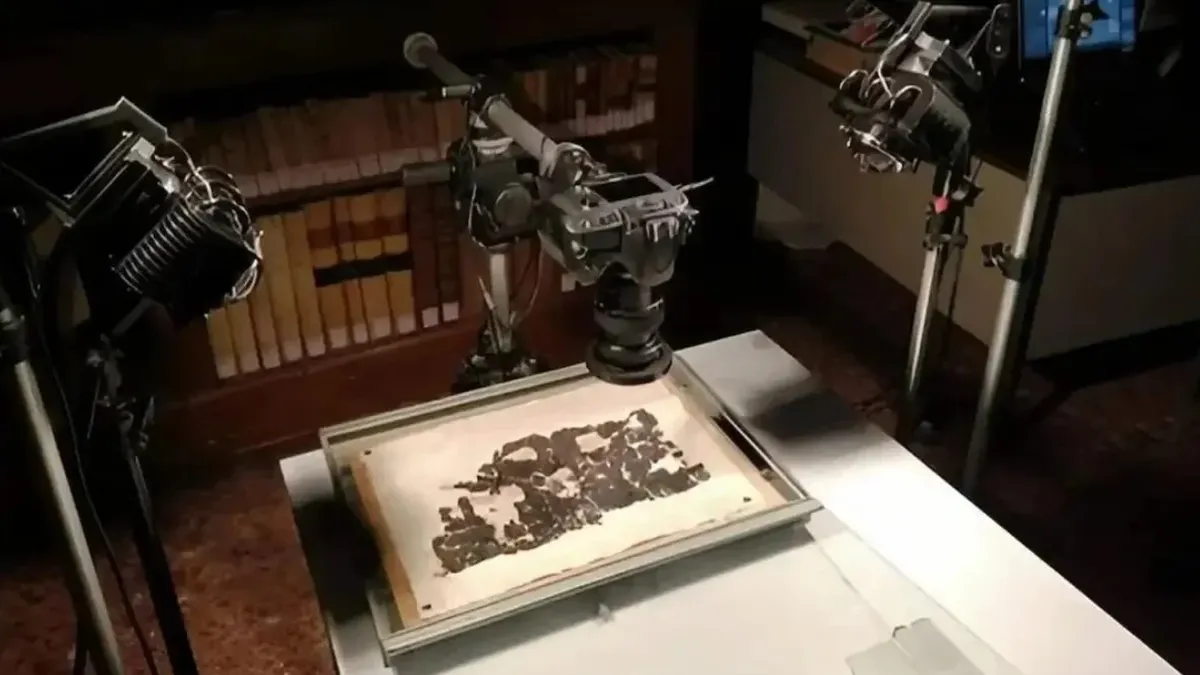
Researchers used AI to decipher an ancient papyrus that includes details about where Greek philosopher is buried.
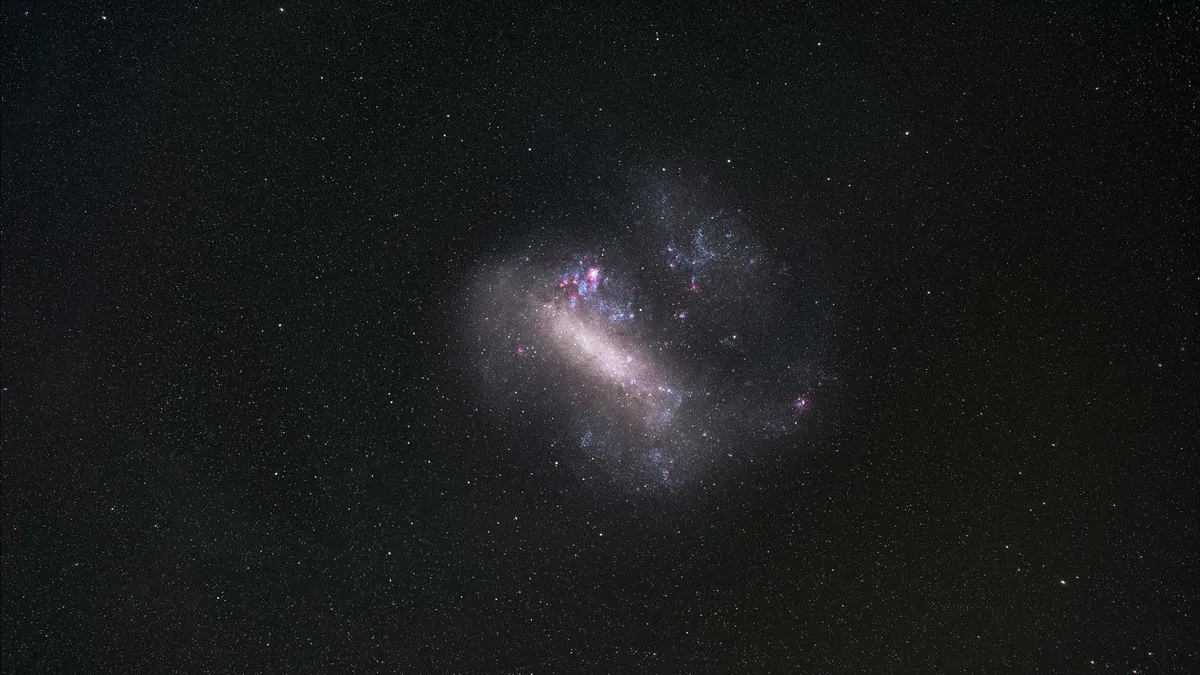
Scientists have identified one of the oldest known stars outside the Milky Way. The discovery, reported in March in the journal Nature Astronomy, has uncovered a relic from the early days of the universe in the Large Magellanic Cloud (LMC), a satellite galaxy of the Milky Way — and it’s revealing the conditions from a time before the sun even existed.
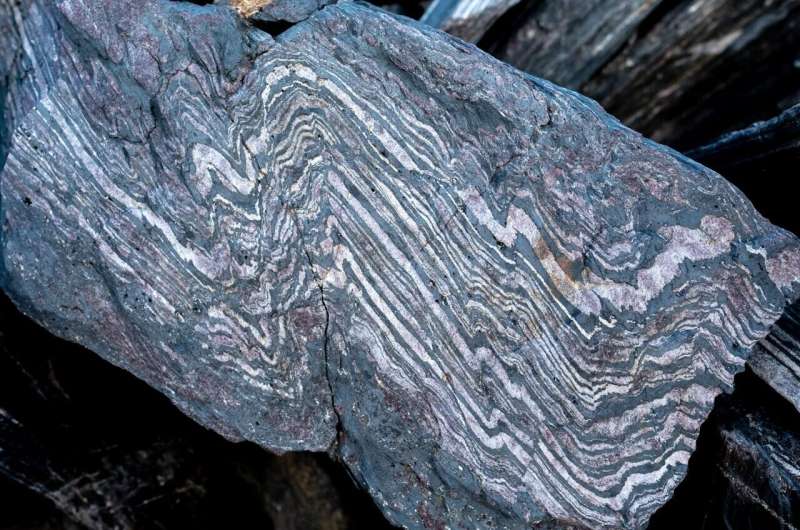
A new study, led by the University of Oxford and MIT, has recovered a 3.7-billion-year-old record of Earth’s magnetic field and found that it appears remarkably similar to the field surrounding Earth today. The findings have been published in the Journal of Geophysical Research. Without its magnetic field, life on Earth would not be possible…
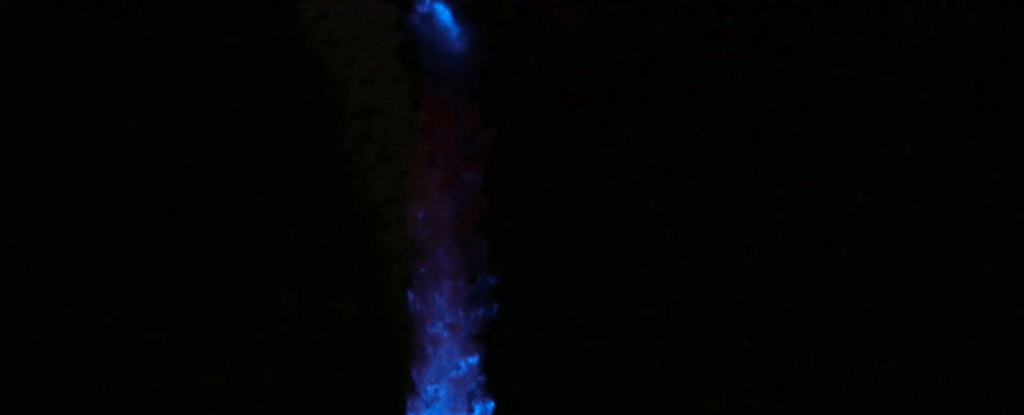
In the darkest corners of the planet, where the light of the Sun never touches, eerie glows can yet be found, illuminating the shadows. This is bioluminescence, a remarkable ability that has evolved separately at least 94 times throughout the history of life on Earth. See the study here.
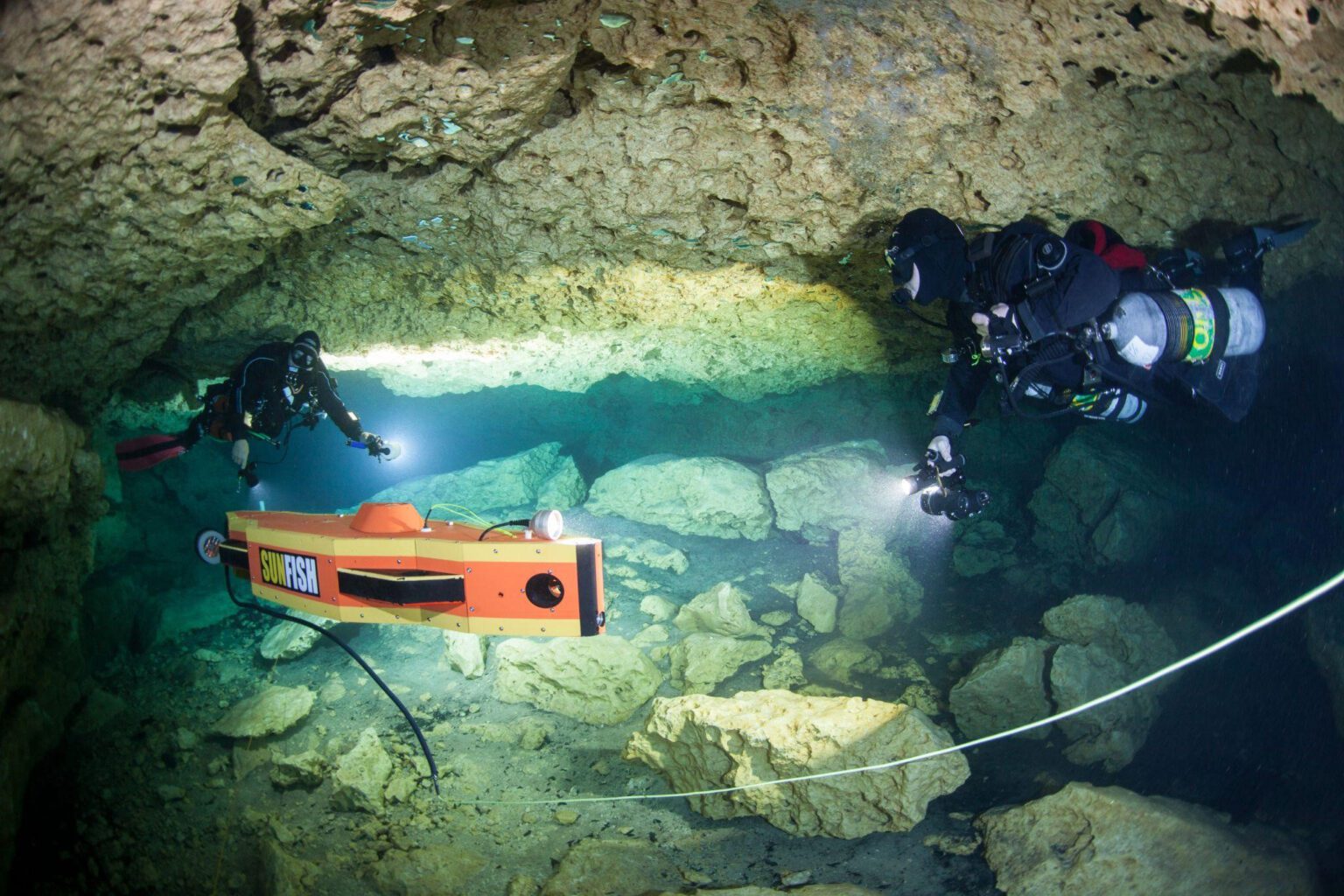
A few years ago, a set of 20,000-year-old human footprints in a dry lakebed in New Mexico set scientists reeling. Those fossilized footprints, originally discovered in 2009, called into question what we thought we knew about when people first showed up in North America. Archaeologists thousands of miles away in Alaska felt the scientific impact especially strongly.
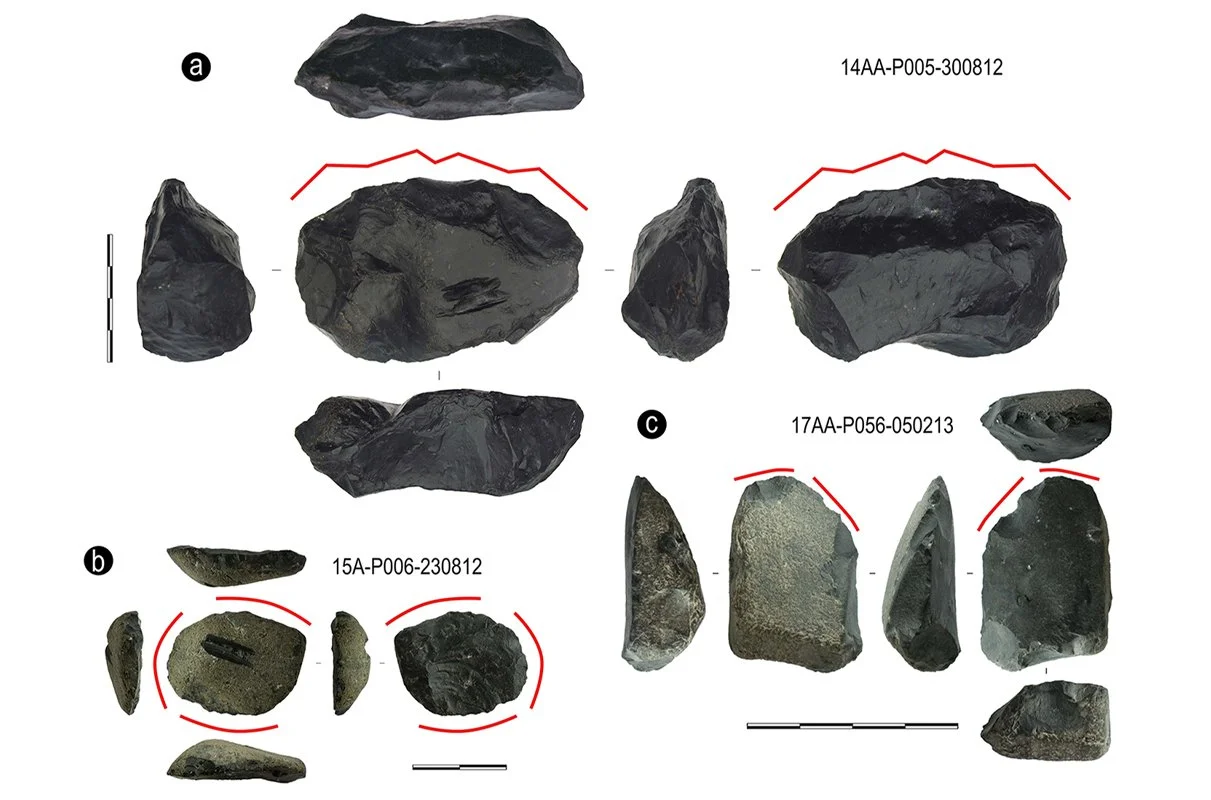
The period in which humans arrived in South America, in particular, north-western Patagonia, has been the subject of an ongoing debate by academics for many years. Previous archaeological evidence and palaeogenetic studies have suggested human presence between 16 600 and 15 100 cal BP. However, a new study published in the journal Antiquity is providing new evidence of pre-Holocene human activity during the late Pleistocene–early Holocene transition
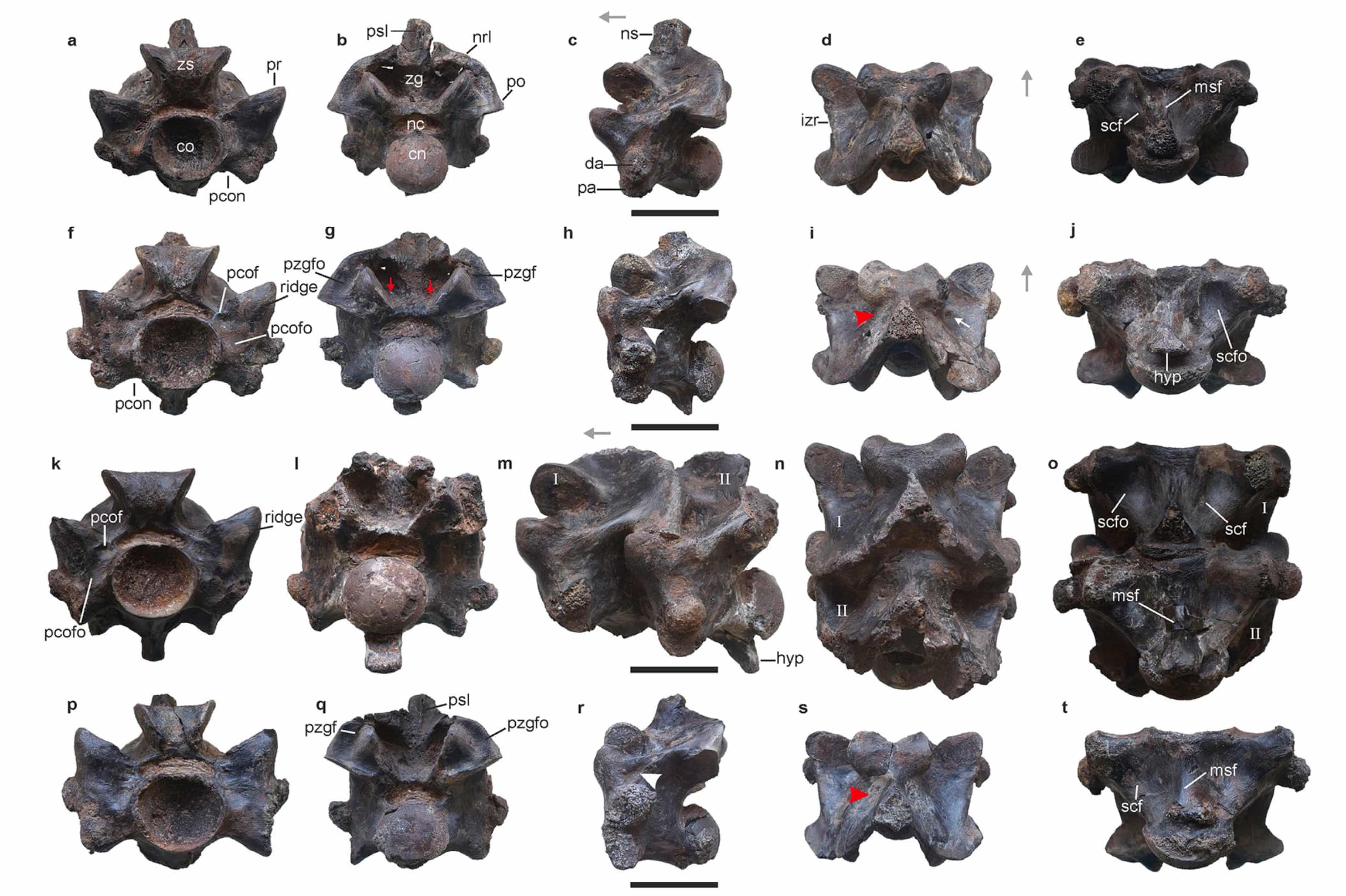
Fossil vertebrae unearthed in a mine in western India are the remains of one of the largest snakes that ever lived, a monster estimated at up to 15 metres in length – longer than a T rex. See the study here.
A major archaeological investigation has, for the first time, excavated a lava tube in Saudi Arabia that was inhabited by humans up to 10,000 years ago.
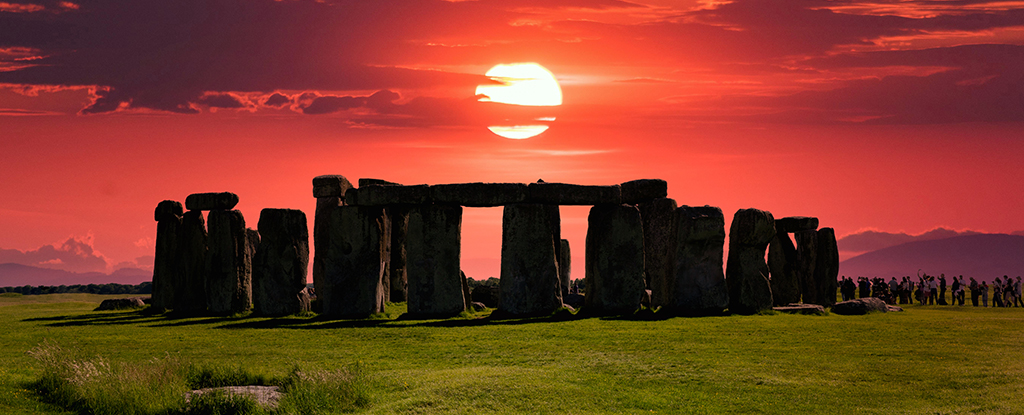
When it comes to its connection to the sky, Stonehenge is best known for its solar alignments…But a hypothesis has been around for 60 years that part of Stonehenge also aligns with moonrise and moonset at what is called a major lunar standstill…








